Interstitial Lung Disease National Scientific Summit in Goa on 28th September 24
Published On: September 28, 2024
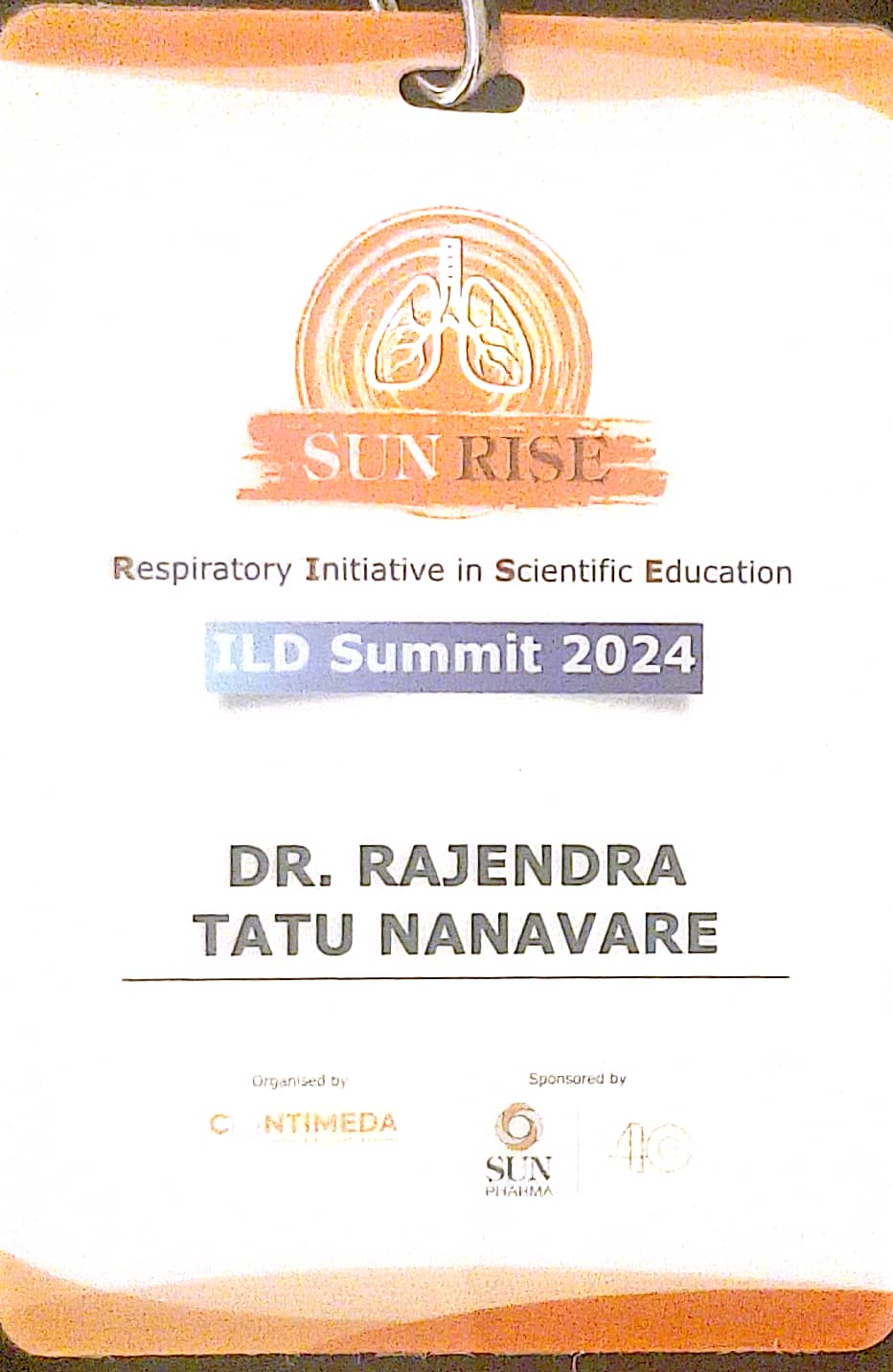
Dear Colleagues, Well-wishers, and my Faithful Patients,
It is a privilege to be a part of the **ILD Summit in Goa** today, especially during this significant month as we observe **World ILD Day**. This **scientific national summit**, graced by dignitaries from across the globe, is a proud moment for all of us. It provides an exceptional opportunity to gain valuable insights and expand our knowledge on **Interstitial Lung Disease (ILD)**, a subject that continues to challenge clinicians and researchers alike.
**Interstitial Lung Disease (ILD)** represents a group of disorders that cause progressive scarring (fibrosis) of lung tissue, which can significantly impair respiratory function. This diverse category includes conditions such as idiopathic pulmonary fibrosis (IPF), sarcoidosis, connective tissue disease-associated ILD, and hypersensitivity pneumonitis, among others. Despite its complexity, the unifying feature of ILD is damage to the interstitium—the tissue around the lung’s air sacs—leading to symptoms like progressive breathlessness, generalized weakness, persistent cough, and a gradual decline in quality of life. Early detection is often difficult, as symptoms can be subtle and mimic other respiratory conditions, making diagnosis and management more complex.
In recent years, **research on ILD** has evolved tremendously. We are witnessing groundbreaking advancements in **diagnostic technologies**, particularly the use of **high-resolution computed tomography (HRCT)**, which has allowed for more accurate identification of ILD patterns. Additionally, **biomarker research** is helping us understand disease mechanisms at a molecular level, offering hope for the development of more targeted therapies. This is crucial as current treatments, such as antifibrotic drugs (e.g., pirfenidone and nintedanib), have been able to slow the progression of fibrosis but not halt or reverse it entirely.
Globally, significant strides have been made in **clinical trials** aimed at evaluating new therapeutic options for ILD, including **combination therapies** and the role of **immunomodulatory agents** in specific types of ILD, like autoimmune-related forms. Furthermore, research into **lung transplantation** as a last-resort option for patients with advanced disease is providing hope for improved outcomes and survival.
In India, our understanding of the **epidemiology of ILD** is still evolving. Collaborative efforts between institutions and global bodies are crucial to shed light on the unique **patterns and burdens of ILD** within our population, which may differ from the West due to environmental and genetic factors. The challenge remains in increasing **awareness among healthcare professionals and patients**, ensuring that those at risk are diagnosed early and treated promptly to prevent the progression of irreversible lung damage.
This summit serves as an essential platform for discussing these **innovative treatments**, sharing **global expertise**, and advancing our strategies in combating ILD. It underscores the importance of **multidisciplinary collaboration**—from pulmonologists and radiologists to rheumatologists and pathologists—in improving patient outcomes and quality of life.
I am honored to be part of such an esteemed gathering of experts and look forward to contributing to, and learning from, the discussions that will shape the future of ILD management. Together, we can continue pushing the boundaries of science, providing hope for ILD patients, and fostering a healthier society.
Warm regards,
**Dr. Rajendra Nanavare**
Pulmonologist & Tuberculosis Specialist
Mumbai, Maharashtra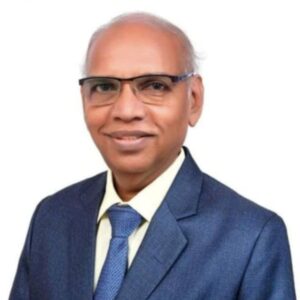
**Dr. Rajendra Nanavare**
Pulmonologist & Tuberculosis Specialist
Mumbai, Maharashtra

Latest Articles
-
तातू नाना ननावरे यांच्या स्मृतीप्रित्यर्थ आज, १६ एप्रिल २०२५, माझ्या वडिलांची – तातू नाना ननावरे – पुण्यतिथी.
-
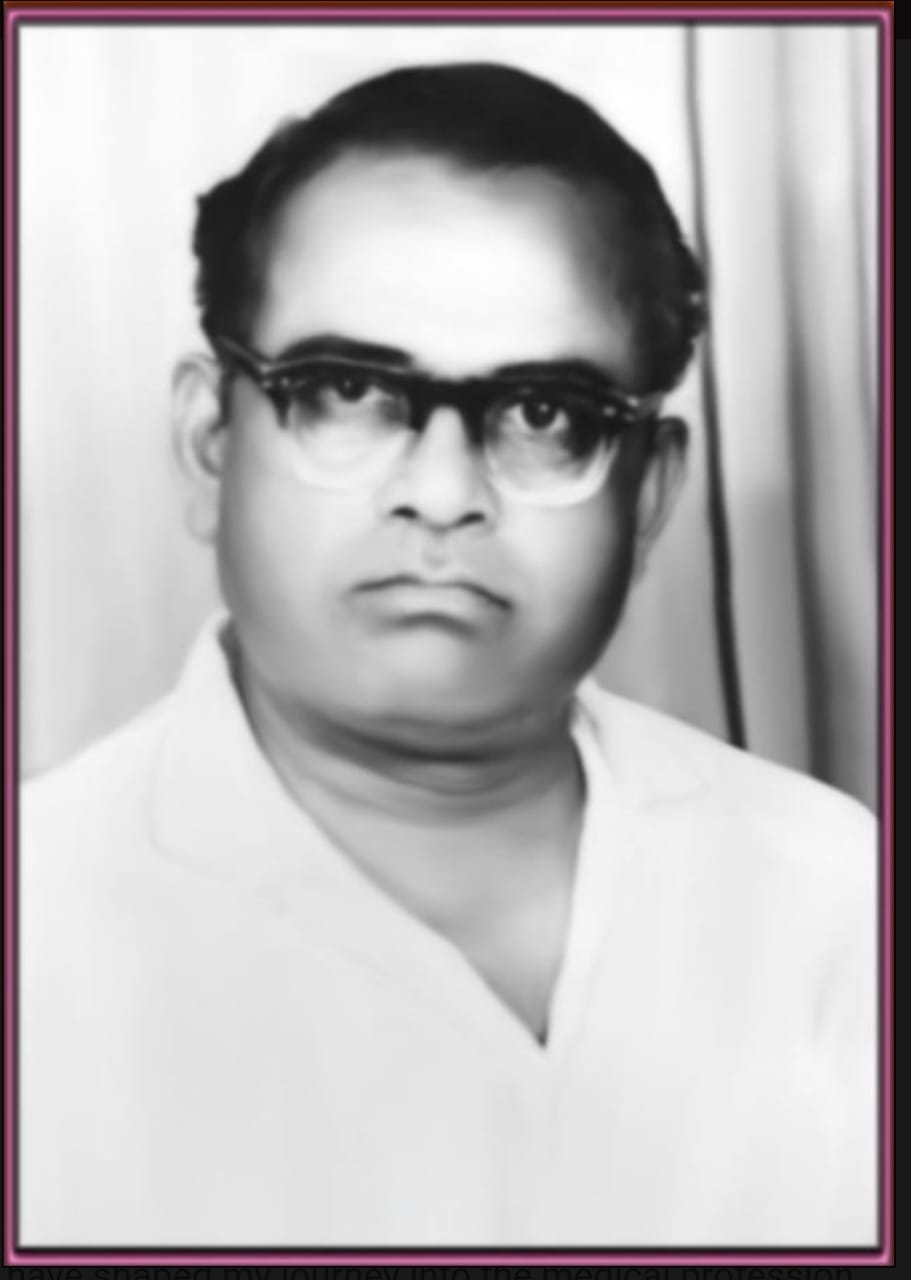
A Salute to My Father – Tatu Nana Nanavare Date: 16th April 2025 (His Death Anniversary) By Dr. Rajendra Nanavare, Chest Physician
-

माझ्या वडिल तातू नाना ननावरे यांना अभिवादन तारीख – १६ एप्रिल २०२५ (त्यांचा स्मृतिदिन) डॉ. राजेंद्र नानवरे, छातीरोगतज्ज्ञ
-
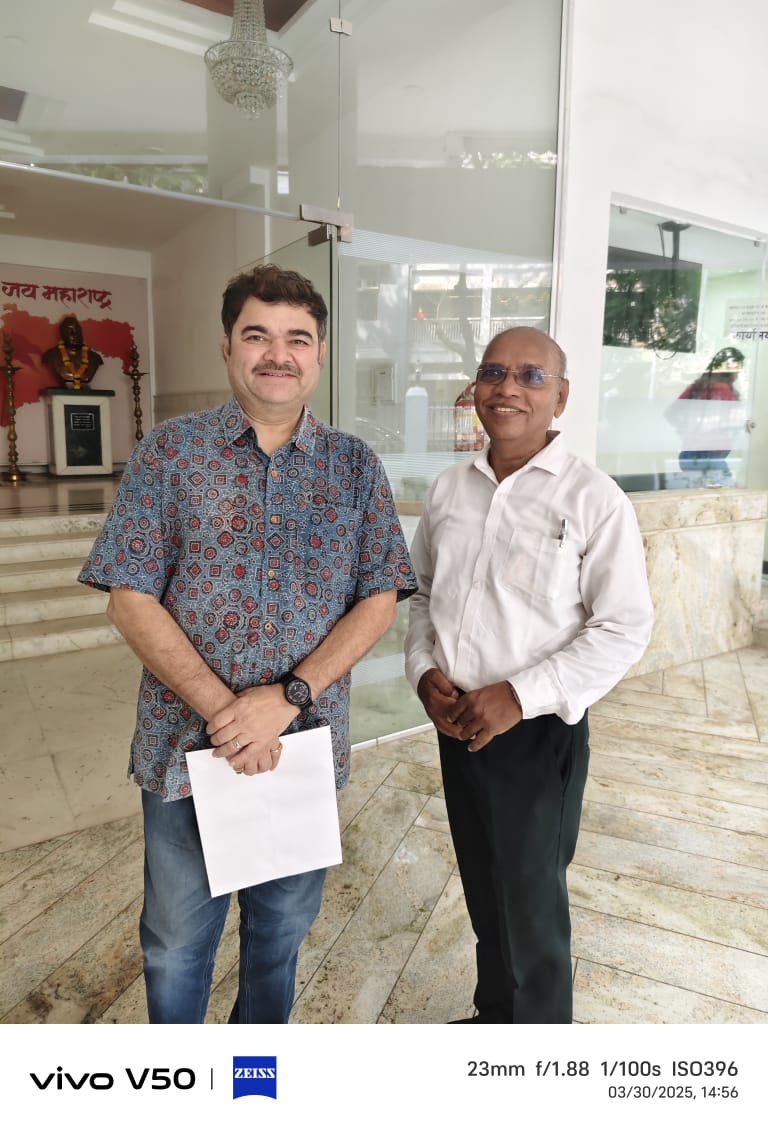
गुडीपाडवा निमित्त: समर्पण आणि जीवनाच्या समतोलाचा अनमोल संदेश
-
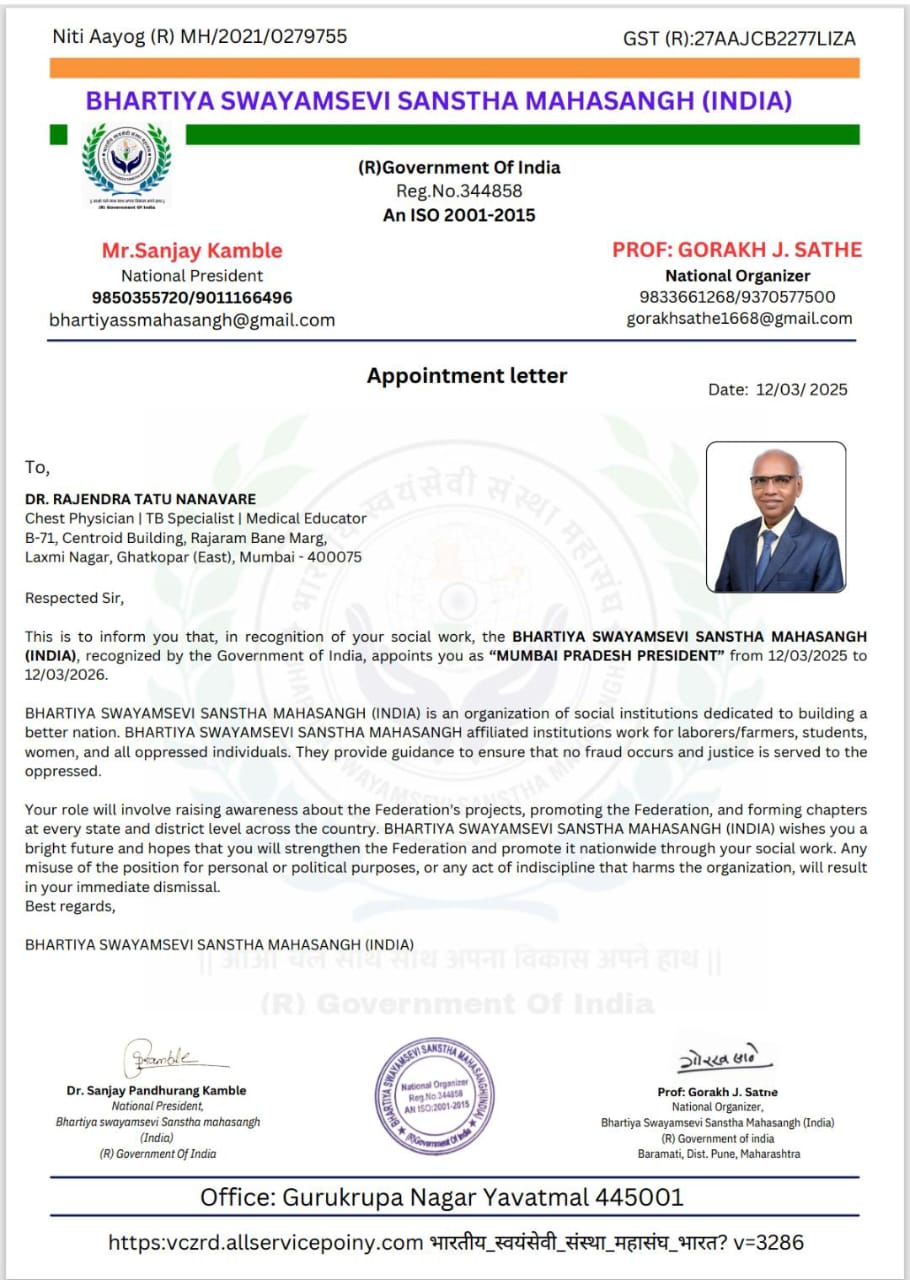
“नव्या जबाबदारीसह समाजसेवेच्या दिशेने एक पाऊल पुढे!” डॉ. राजेंद्र तातू ननावरे-12/03/2025